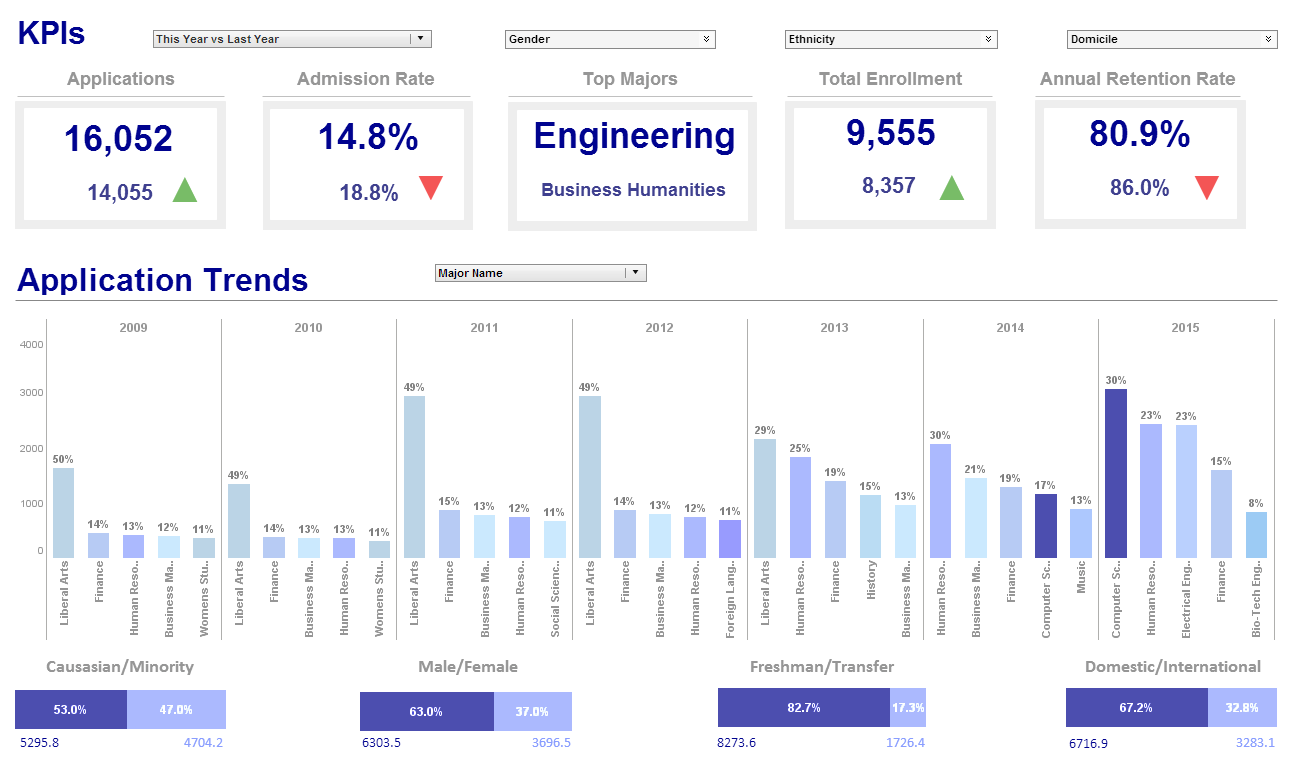Best Practices for Mobile Business Analytics
This is the continuation of the transcript of a Webinar hosted by InetSoft on the topic of "Improving Corporate Performance Management." The speaker is Abhishek Gupta, product manager at InetSoft.
There is a treasure trove of research on best practices out there, both in analytics of mobile business and analytics of enterprise mobility, social media monitoring, social sharing, and social selling. Many of the aspects we are talking about to you are available at no cost. So please if you like to know more, contact any of us presenting after this presentation and we can help you find them. This research is available free of charge.
So we are really hoping that you are walking away from this with some practical knowledge as an inspiration that some of the experience and the enlightenment, if you will, that has been enabled by InetSoft’s approach to technology integration, can apply to you as well. It’s not just a public-cloud infrastructure. All of this capability is also available in what’s often called a private cloud, which is virtualized data center.
If you are in industry where security is paramount, you may not want this to use Amazon’s EC3 or Microsoft’s Azure or any of the other public services. You can still benefit in exactly the same ways in a virtualized data center. If you think of it this way, virtualization is on the path to private cloud. The only difference really between virtualization and a private cloud is some of these capabilities to have services on demand and internally build them according to usage or the aspects of private cloud that are not necessarily part of virtualization.
| #1 Ranking: Read how InetSoft was rated #1 for user adoption in G2's user survey-based index | Read More |
Same Analytics Infrastructure
The point I'm trying to make is it’s still the same analytics infrastructure. One is behind the firewall. One is on the public domain, but that’s where the difference really ends. And so these same capabilities are just as applicable to a highly secure industry, a highly regulated industry, and you can benefit with these operational efficiencies, which is ultimately what it’s about for the CFO. What are the operational process, management technology changes that need to occur within enterprises for this use of technologies to occur?
We have already mentioned a few, but if you look at this data on the slide, prior to this, I was talking about a cultural change. This has a big impact, and I think we have talked to it today, about the changing role of not just the CFO but also of the CIO and the CTO. That role from a technology perspective is to move from being one that is, if you will, an organization that controls access moving towards one that is strategically enabling or empowering the organizations to leverage technology that is secure and complied.
It is not enterprise grade if it’s not secure and complied. Don’t believe anyone in your organization who says otherwise. There is no need to rush, if you will, to deploy mobile access or a social media monitoring or data sharing and collaboration in the cloud without it being secure and complied. The technology is mature and in the market such that all of these capabilities can be enterprise grade. So with that as a background, let’s keep those, if you will, as a given. Let’s look at some of the essential capabilities from the data integrity, data analytics perspective that we like you to know about.
 |
Read how InetSoft saves money and resources with deployment flexibility. |
Top Performers Implemented Mobile Business Analytics
One is, if you look here on this slide, we are looking at leaders versus followers, and this is based on organizations that have implemented in this case, looking at mobile business analytics or mobile decision support with leaders of the top 35 percent. These are the top performers across those KPIs we have looked at earlier, and the followers are everyone else. Well, look at what capabilities they really have that foster and enable in the organization.
First and foremost is the process to ensure data is consistent and synchronized throughout the organization. This is essentially the core of the issue when it comes to decision support. One vision or one version of the truth is the core, and so this notion of data silos and protectionism and the notion of some of departmental groups owning their own data and not necessarily wanting to integrate with it the whole, that needs to be put behind us.
| Previous: Putting All That Social Media Data Together |


